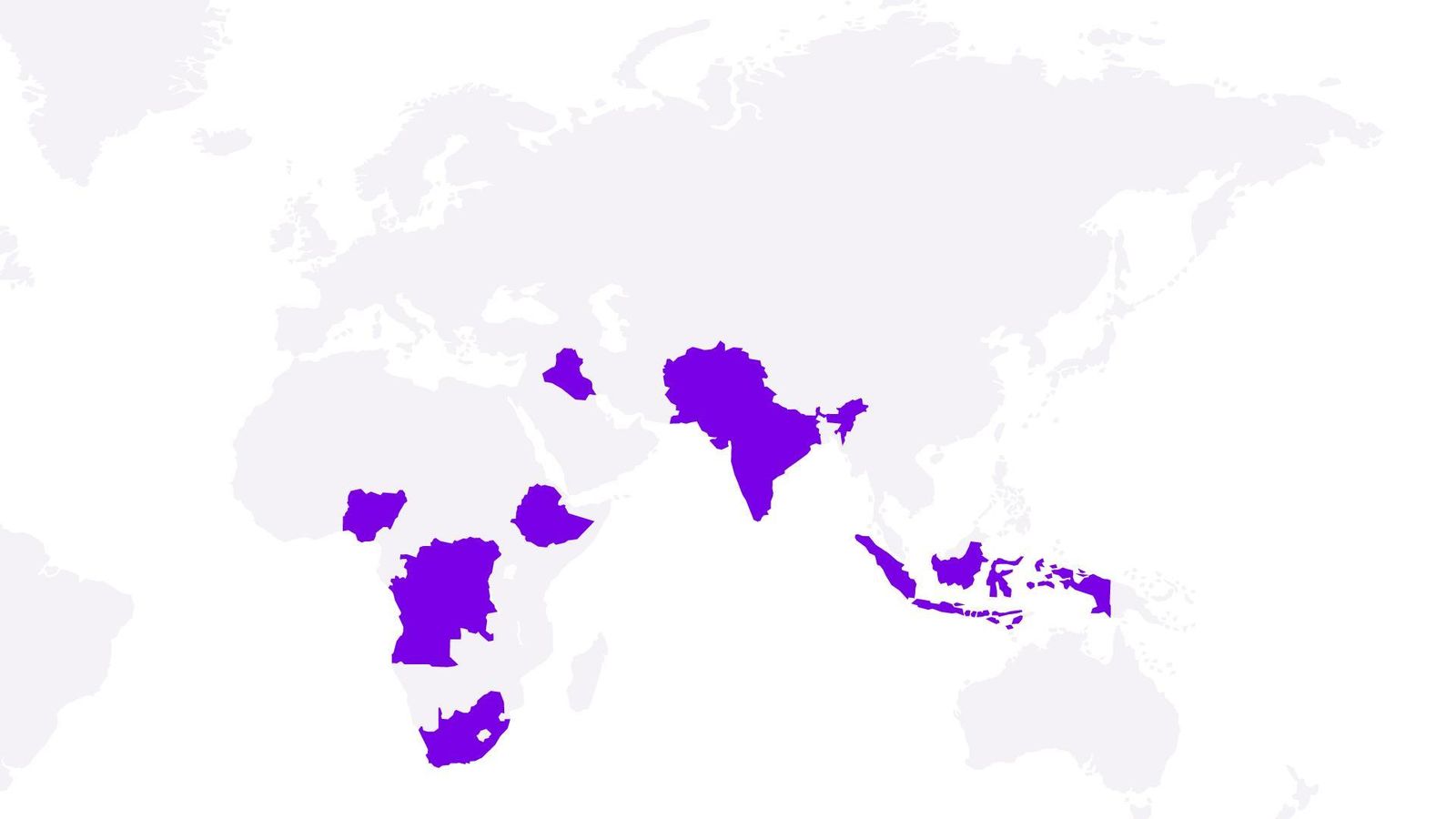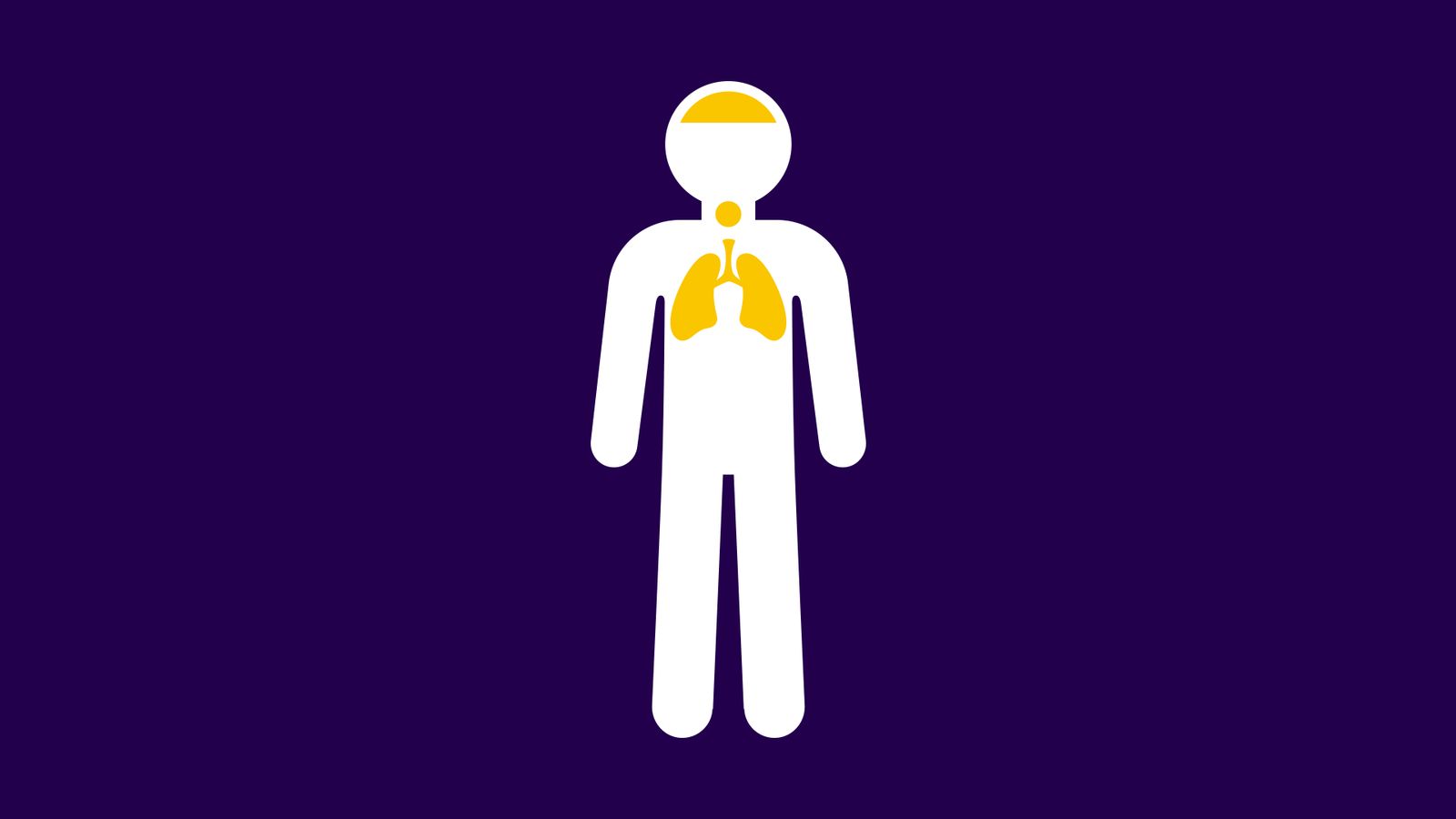

Areas of Highest Risk
In 2017, an estimated 19.9 million infants worldwide were not reached with routine immunization services
such as 3 doses of DTP vaccine.
Around 60% of these children live in 10 countries 1.
Did You Know?
Diphteria’s transmission occurs through respiratory droplets and close physical contact
Diphtheria is fatal in 5 - 10% of cases, with a higher mortality rate in young children (2)

Symptoms and Treatment
- Typical diphtheria presents as sore throat, followed by a thick coating on the back of the throat which can lead to difficulty breathing, heart failure, paralysis, and even death.
- Treatment relies mainly on the administration of diphtheria antitoxin. Antibiotics are also used to contain bacterial growth, but they have no effect on toxin-induced symptoms.
References
- World Health Organization. Immunization coverage fact sheet. Available at http://www.who.int/mediacentre/factsheets/fs378/en/ accessed June 2017.
- World Health Organization. Available at https://www.who.int/immunization/diseases/diphtheria/en/ last update 20 September 2018.